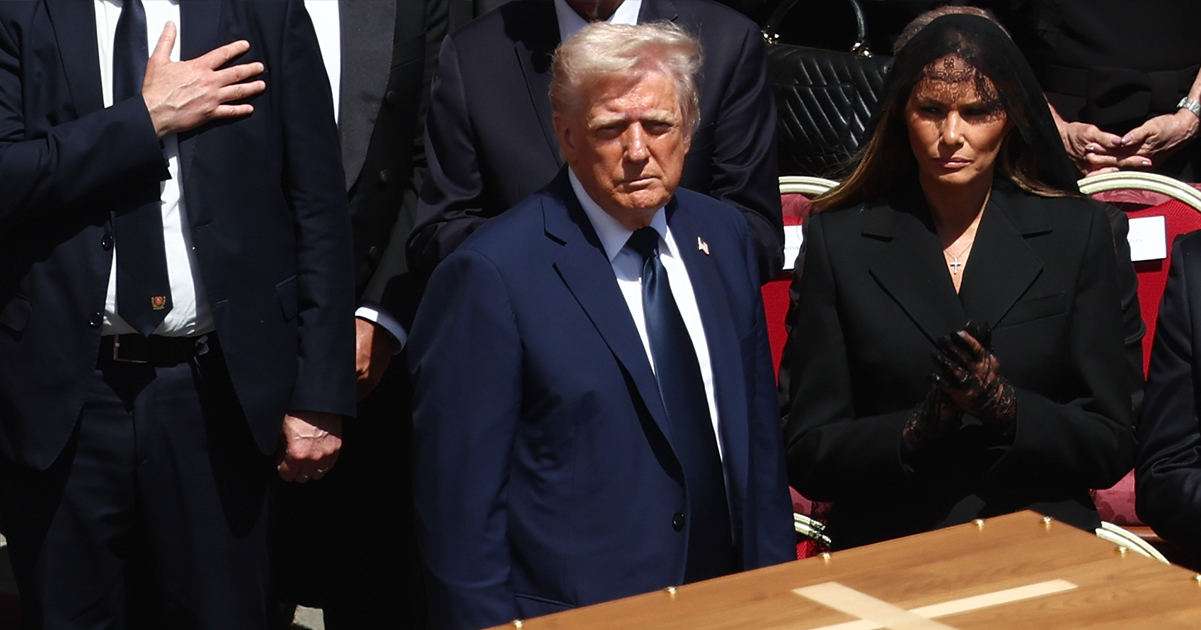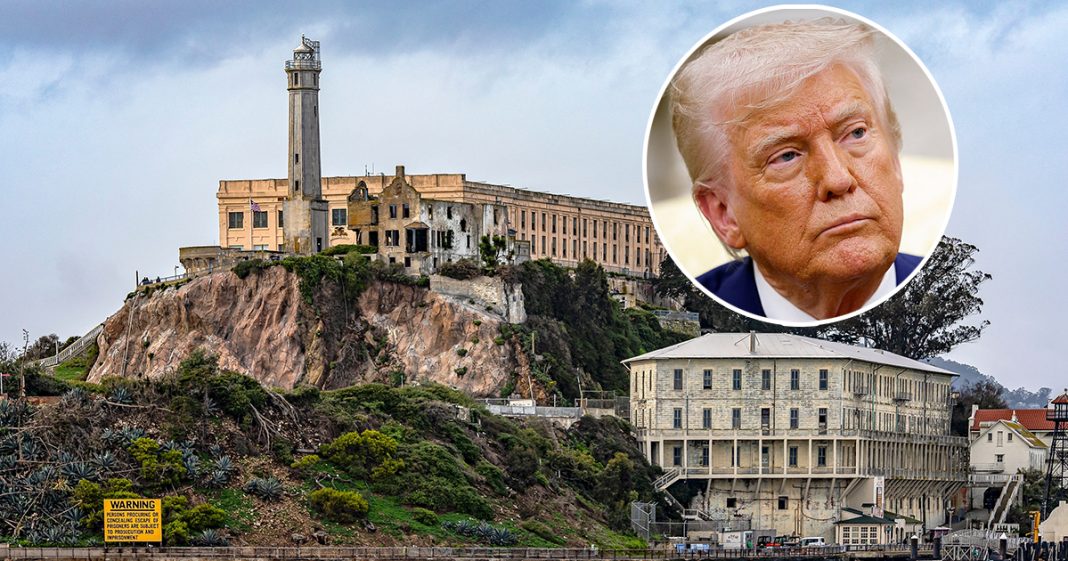The Unlikely Resurrection of Alcatraz: Trump’s Vision for America’s Infamous Prison
Alcatraz Federal Penitentiary, famously known as “The Rock,” has been closed for over six decades, yet it remains an enduring symbol of America’s penal history. Recently, former President Donald Trump announced a controversial proposal to resurrect the infamous island prison, suggesting it should once again serve as a facility for holding some of the nation’s most dangerous criminals. This announcement has reignited discussions about the prison’s legacy, its historical context, and what it could mean for the future of the U.S. justice system.
The Historical Significance of Alcatraz
Alcatraz, located in San Francisco Bay, was operational as a federal prison from 1934 until its closure in 1963. Renowned for housing notorious criminals such as Al Capone and George “Machine Gun” Kelly, the prison became a government fortress designed to prevent the escape of inmates. Its formidable structure and isolated location made it an ideal choice for housing the most dangerous offenders of that era.

The 1962 escape of three inmates—Frank Morris and the Anglin brothers—has been etched in folklore, becoming a pivotal moment in American criminal history and a focus of numerous films and documentaries. The daring escape revealed significant flaws in the prison’s security and operational protocols, drawing public fascination and concern. It not only highlighted the prison’s challenges but also led to its ultimate shutdown due to escalating maintenance costs and deteriorating infrastructure.

Trump’s Vision: A Return to Tough-on-Crime Policies
In a recent post on his social media platform, Truth Social, Trump expressed a desire to reopen and expand Alcatraz, accusing the current justice system of being lenient toward violent offenders. He stated, “For too long, America has been plagued by vicious, violent, and repeat Criminal Offenders, the dregs of society.” Trump proposed that the prison should serve as a modern-day deterrent—a mechanism to house those he deems irredeemable. His remarks suggest a nostalgic yearning for a harsher approach to crime and punishment, echoing themes prevalent in his previous administration, where he often advocated for stringent law enforcement measures.
The Practical Challenges of Reviving Alcatraz
Reviving Alcatraz as a functioning prison presents a multitude of logistical hurdles. The facility has been closed for decades, and maintaining it in a state suitable for housing inmates would require extensive renovations and significant financial investment. Reports state that the Bureau of Prisons has been closing facilities in recent years primarily due to high operational costs and aging buildings. A spokesperson from the Bureau acknowledged that while they would comply with presidential directives, they did not provide clarity on the feasibility of reopening Alcatraz. Factors such as compliance with modern correctional standards and the need for updated security measures would be daunting challenges that could easily overwhelm the project’s budget and timeline.
Political Reactions and Public Sentiment
Political reactions to Trump’s proposal have varied widely, revealing the deep divisions within American society regarding crime and punishment. Democratic Congresswoman Nancy Pelosi, whose district encompasses Alcatraz, vocalized her disapproval, labeling the plan as unserious and counterproductive. She emphasized that the prison is now a popular national park and tourist destination, drawing approximately 1.5 million visitors each year. These visitors come to explore its storied history and hear tales of its notorious inmates, from the infamous Al Capone to Robert Stroud, the “Birdman of Alcatraz.” Pelosi’s remarks reflect a broader public sentiment that sees value in preserving Alcatraz as a historical site rather than transforming it back into a facility for incarceration.
The Broader Context: Crime, Immigration, and the Justice System
Trump’s renewed focus on Alcatraz fits into a larger narrative concerning his hardline stance on crime and immigration. His administration previously faced criticism for policies that many viewed as draconian, such as attempting to bypass due process for undocumented immigrants and proposing the transfer of gang members to prisons in Central America. The former president’s recent comments about reopening Alcatraz echo this same tough-on-crime rhetoric, which seeks to align with sentiments among those frustrated with perceived leniencies in the current justice system. This approach reflects a growing concern among many Americans who feel that crime rates are on the rise and that traditional methods of rehabilitation have failed.
Public Safety vs. Rehabilitation: The Ongoing Debate
The discussion surrounding the reopening of Alcatraz also intersects with the broader debate on public safety versus rehabilitation. Proponents of a strict penal system argue that facilities like Alcatraz serve as necessary deterrents for violent crime, suggesting that some individuals may only respond to harsher consequences. On the other hand, many activists advocate for a more rehabilitative approach, emphasizing the need for mental health services, education, and job training for inmates. They argue that merely locking people away in a maximum-security prison does little to address the underlying issues that lead to criminal behavior.
Conclusion: A Controversial Proposal with Uncertain Outcomes
The prospect of reopening Alcatraz raises significant questions about the direction of the U.S. justice system and the legacy of a prison that has become a part of American folklore. While Trump’s proposal is rooted in a desire to address crime and safety concerns, the feasibility of resurrecting such a storied facility remains in question. As discussions continue, it is clear that Alcatraz will remain a focal point of debate, symbolizing both the historical challenges of incarceration and the ongoing dialogue surrounding law and order in contemporary America. Whether this initiative will gain traction or fade into the realm of political rhetoric remains to be seen, but it undoubtedly reflects deeper societal anxieties over crime, punishment, and the role of historic institutions in modern governance.

















